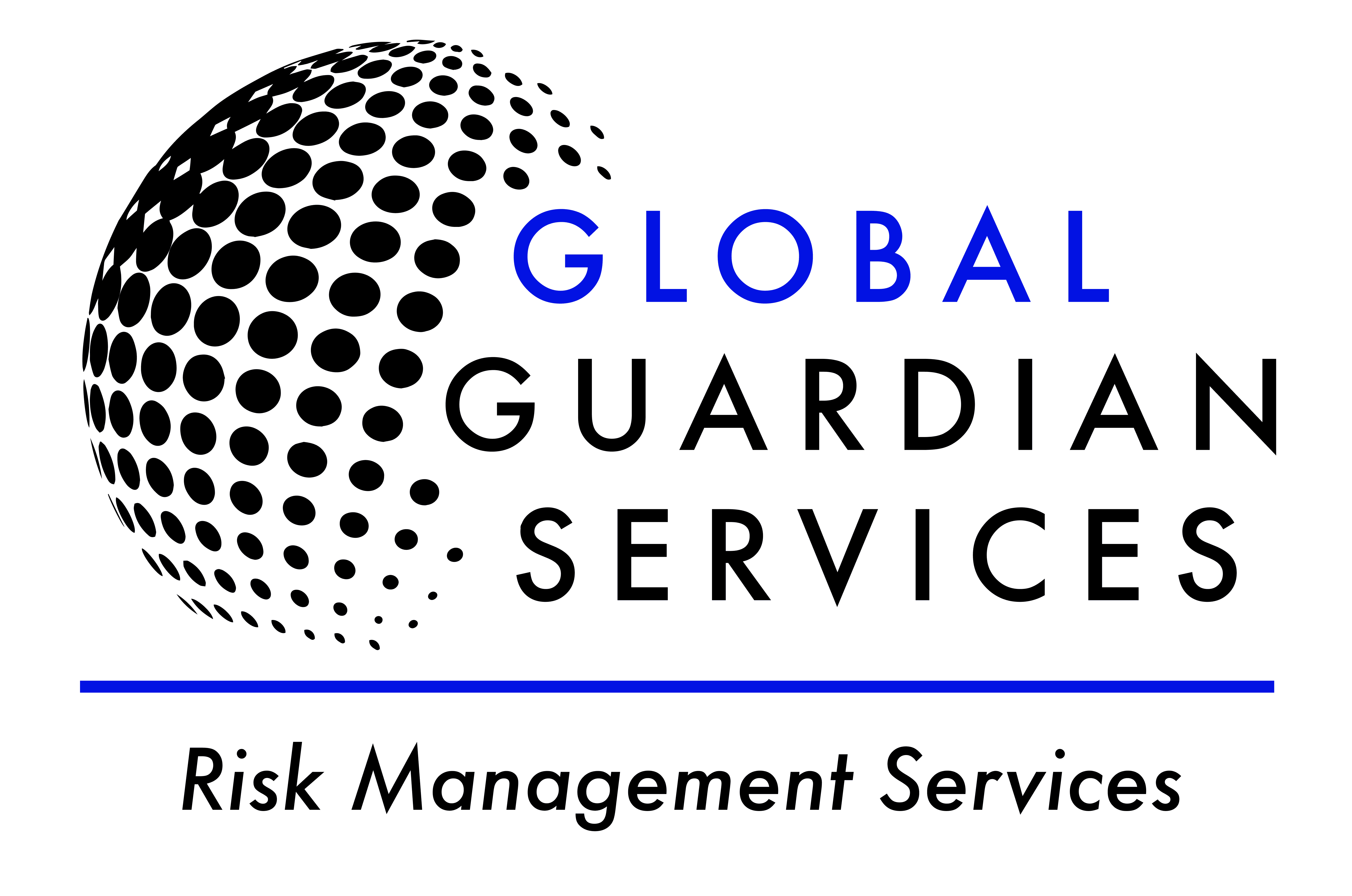 https://www.globalguardianservices.com/wp-content/uploads/2025/03/How-Efficient-Claims-Administration-Improves-Customer-Satisfaction.jpg
1250
2000
Abstrakt Marketing
/wp-content/uploads/2025/01/GGS_BLUE.png
Abstrakt Marketing2025-03-24 12:06:462025-07-16 09:14:57How Efficient Claims Administration Improves Customer Satisfaction and Retention
https://www.globalguardianservices.com/wp-content/uploads/2025/03/How-Efficient-Claims-Administration-Improves-Customer-Satisfaction.jpg
1250
2000
Abstrakt Marketing
/wp-content/uploads/2025/01/GGS_BLUE.png
Abstrakt Marketing2025-03-24 12:06:462025-07-16 09:14:57How Efficient Claims Administration Improves Customer Satisfaction and RetentionWhat Is Claims Administration? A Simple Guide for Risk Managers
When a claim goes wrong—whether it’s delayed, disputed, or mishandled—it’s not just a paperwork issue. It’s a business risk. Poor claims administration can lead to unnecessary costs, compliance gaps, and a frustrated claimant experience. But what is claims administration, really? And how should risk managers approach it?
In this guide, we’ll walk through the core functions of claims administration, how it fits into broader risk and compliance strategies, and why understanding it can help you lead with more clarity and control. Whether you’re managing claims in-house or considering a third-party claims administrator, this blog will equip you with the foundational knowledge to make smarter decisions.
Understanding Claims Administration From the Ground Up
Claims administration is a critical function that often operates behind the scenes but affects every part of the claims lifecycle. For risk managers, knowing what’s involved—and what’s at stake—can transform how claims are handled across your organization.
What Claims Administration Really Entails (And Who’s Involved)
At its core, claims administration refers to the end-to-end management of insurance claims, from the moment an incident is reported to final resolution. It includes intake, investigation, documentation, communication, settlement, and reporting.
Key players typically include:
- Internal claims departments
- Third-party claims administrators (TPAs)
- Adjusters, investigators, legal counsel, and sometimes medical or technical experts
Whether they’re in-house or outsourced, the claims administrator is responsible for ensuring each step is executed accurately, efficiently, and in compliance with industry standards and regulatory requirements.
Claims Administration vs. Claims Processing
While often used interchangeably, claims administration and claims processing aren’t the same. Claims processing typically refers to the mechanical steps, such as data entry, documentation uploads, or payment calculations. On the other hand, claims administration takes a broader, more strategic role that involves evaluating liability, ensuring proper documentation, coordinating with external partners, and maintaining communication throughout the lifecycle of the claim.
For risk managers, it’s important to understand this distinction. Strong administration isn’t just about moving claims along—it’s about managing them with purpose.
Why Claims Administration Matters to Risk, Compliance, and Business Continuity
Claims administration is more than a simple operational task. It’s a critical component of a business’s risk posture. When it’s done well, it protects your organization from unnecessary costs, reputational harm, regulatory scrutiny, and more.
The Link Between Claims Administration and Risk Mitigation
Timely and accurate claims handling can help you:
- Detect fraud early
- Reduce legal exposure
- Ensure proper coverage is applied
- Capture recovery opportunities (like through subrogation, for example)
These outcomes aren’t possible without a structured, strategic claims administration process. Without it, risk managers are often left reacting to problems instead of preventing them.
Regulatory Compliance and Audit Readiness
Claims administration must follow industry regulations, internal governance policies, and state-specific insurance laws. A third-party claims administrator (TPA) with compliance expertise can help you:
- Document the claim thoroughly
- Maintain audit trails
- Respond quickly to litigation or regulatory requests
In industries where compliance is non-negotiable, such as healthcare, transportation, or finance, the right claims administration strategy can prevent significant penalties.
Elevate your claims administration strategy with expert support from Global Guardian Services. Our end-to-end solutions are designed to reduce exposure, improve turnaround times, and deliver consistency across every phase of the claim.
When Should You Evaluate or Update Your Claims Administration Process?
Whether you’re managing claims internally or working with a TPA, there are a few key moments where stepping back to evaluate your approach can unlock better outcomes.
Operational Bottlenecks and High Claim Volume
If your team is regularly overwhelmed by claim volume or if cycle times keep creeping upward, it may be time to evaluate. A third-party claims administrator can help scale your operation without sacrificing accuracy or control.
You might also spot internal warning signs, such as:
- Delayed response to First Notice of Loss (FNOL)
- Missed follow-ups with claimants or vendors
- High rework rates or dispute frequency
These aren’t just operational issues. They’re indicators that your claims process may be costing more than it saves.
Business Growth or Structural Changes
As organizations scale or restructure, their claims administration process must grow with them. Expanding into new states? Adding new lines of business? Implementing new systems? These changes often demand a more agile, standardized approach to claims handling—especially if your team is juggling multiple systems or service providers.
Partnering with a third-party claims administrator during these transitions can help preserve consistency and compliance across all locations and divisions.
Negative Feedback From Claimants or Stakeholders
Poor claimant experiences often stem from gaps in claims administration, such as:
- Delays in communication
- Lack of clarity around coverage
- Incomplete documentation
- Confusing payment timelines
If your organization is hearing complaints from employees, customers, or insureds, your claims administration process might be due for a refresh. The way a claim is handled is often seen as a direct reflection of your company’s values, especially during high-stress events.
Global Guardian Services Provides Claims Administration Solutions You Can Count On
Claims administration is more than a back-office function—it’s a strategic lever for reducing exposure, improving outcomes, and protecting your business reputation. Global Guardian Services delivers end-to-end claims administration built around your needs. From 24/7 FNOL intake to nationwide adjuster coverage and seamless system integration, we make it easier to manage claims efficiently and effectively.
Our services are backed by real-time reporting, data-driven insights, and scalable support that grows with your volume. We help you streamline the process, reduce exposure, and achieve stronger outcomes—one claim at a time. Let’s talk about what that looks like for you.
Share This Post
More Like This
 https://www.globalguardianservices.com/wp-content/uploads/2025/03/How-Efficient-Claims-Administration-Improves-Customer-Satisfaction.jpg
1250
2000
Abstrakt Marketing
/wp-content/uploads/2025/01/GGS_BLUE.png
Abstrakt Marketing2025-03-24 12:06:462025-07-16 09:14:57How Efficient Claims Administration Improves Customer Satisfaction and Retention
https://www.globalguardianservices.com/wp-content/uploads/2025/03/How-Efficient-Claims-Administration-Improves-Customer-Satisfaction.jpg
1250
2000
Abstrakt Marketing
/wp-content/uploads/2025/01/GGS_BLUE.png
Abstrakt Marketing2025-03-24 12:06:462025-07-16 09:14:57How Efficient Claims Administration Improves Customer Satisfaction and Retention
What We Do
Contact Us
Los Angeles Office:
9229 Wilshire Blvd, Suite 200, Beverly Hills, CA, 90210
New York Office:
16 Fair St, Carmel, NY 10512
